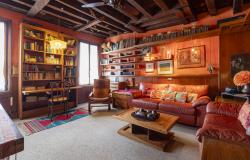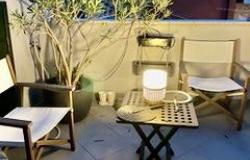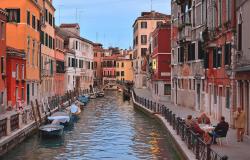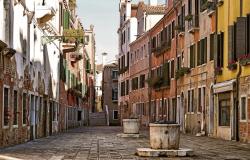 Islamic influences on 1,000 years of Venetian art are explored in a new show at the Metropolitan Museum of Art.
Islamic influences on 1,000 years of Venetian art are explored in a new show at the Metropolitan Museum of Art.
The show, which opened Tuesday, charts the relationship between the Mediterranean's major trading hub and Egypt, Syria, Persia and the Ottoman Empire.
Almost 200 objects from 60 public and private collections are on show, including paintings, books, ceramics, glasswear and carpets.
Historically, the show opens in 828, when two Venetian merchants made off with the body of St Mark from Alexandria, and closes when the 'Most Serene' Republic's glory came to an end at the hands of Napoleon's troops in 1797.
Marco Polo, the iconic traveller from West to East, appears in one of the first items the visitor meets, a 15th-century French manuscript describing how he left Venice for the Kublai Khan's court in the late 13th century.
The heart of the show, however, are 14th and 15th century works by court painters such as Gentile Bellini - "the culmination of the mutual interest between Venice and the Islamic world," according to curator Stefano Carboni, head of the Met's Islamic Art collection.
Met Director Philippe de Montebello said the exhibition "shows the high level reached by Venetian artists in emulating the more refined artistic styles of Islam".
He said Islamic culture left its mark not only on Venetian visual arts but also on its buildings.
"Architecture obviously could not play a part in this show but great monuments such as the basilica of St Mark's and Palazzo Ducale (the doges' palace), for instance, highlight the city's links with the Islamic Near East".
Venice And The Islamic World, 828-1797, runs until July 8.









